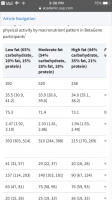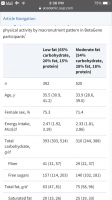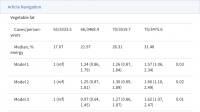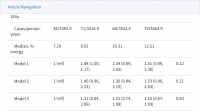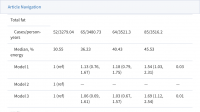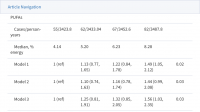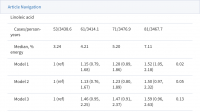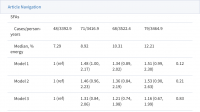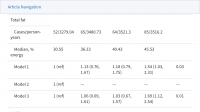RWilly
Member
- Joined
- Aug 30, 2018
- Messages
- 479
@RWilly
I know your not saying those things. What I'm asking is why eat nuts in the first place? We know that PUFA isn't good and they are a significant source of PUFA. They also have minimal nutrient supply considering all of the digestive inhibitors which includes the phytic acid. Thus, the only thing that is left is perhaps the fiber and the polyphenols, in which case why not just eat fruit/ juice/ tubers/ veg?
Also, Vit e does not fully protect against the effects of PUFA in the body. Also, any Vit E in the nuts is most likely mitigated by the PUFA present concurrently.
I'm not saying that the vitamin E in nuts is protecting us from body stores of PUFA ... but I'm saying that vitamin E in the nut is protecting the amount of PUFA that is in that nut. I believe the E will continue that in vivo for that amount of PUFA.
A nut is more than PUFA though. Even in an apple, there are thousands of compounds that we don't even know about yet.
Phytochemical composition of nuts. - PubMed - NCBI
"Observational studies suggest nut consumption is inversely associated with the incidence of cardiovascular disease and cancer."
Many of those "anti-nutrients" still have benefits in certain doses. Phytic acid for instance, chelates iron and zinc, making copper more available, which is really important when dealing with infection.

